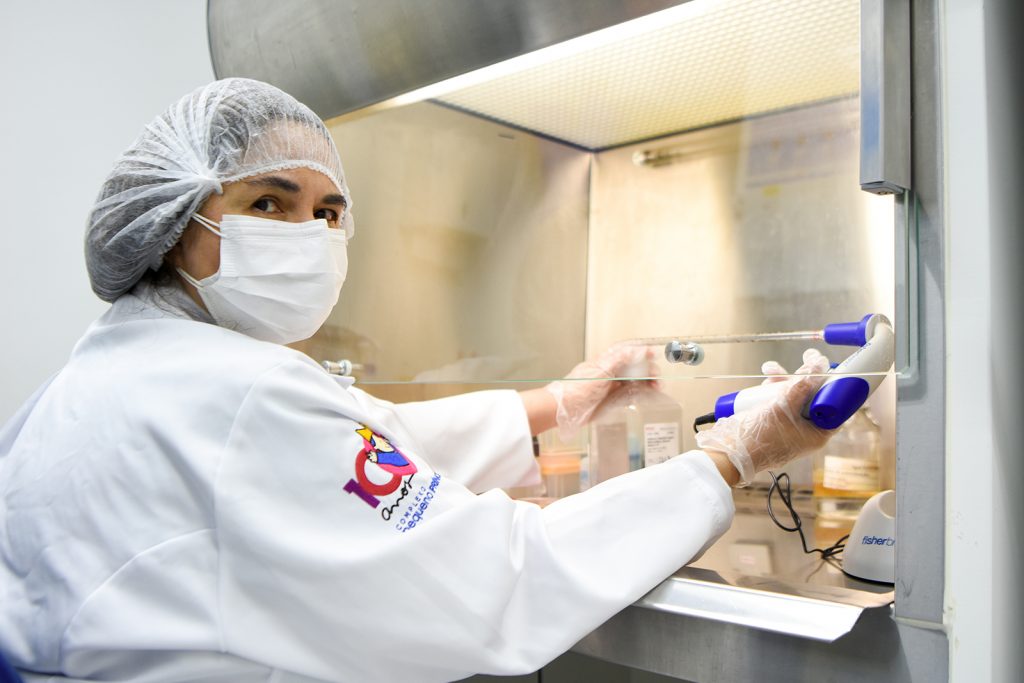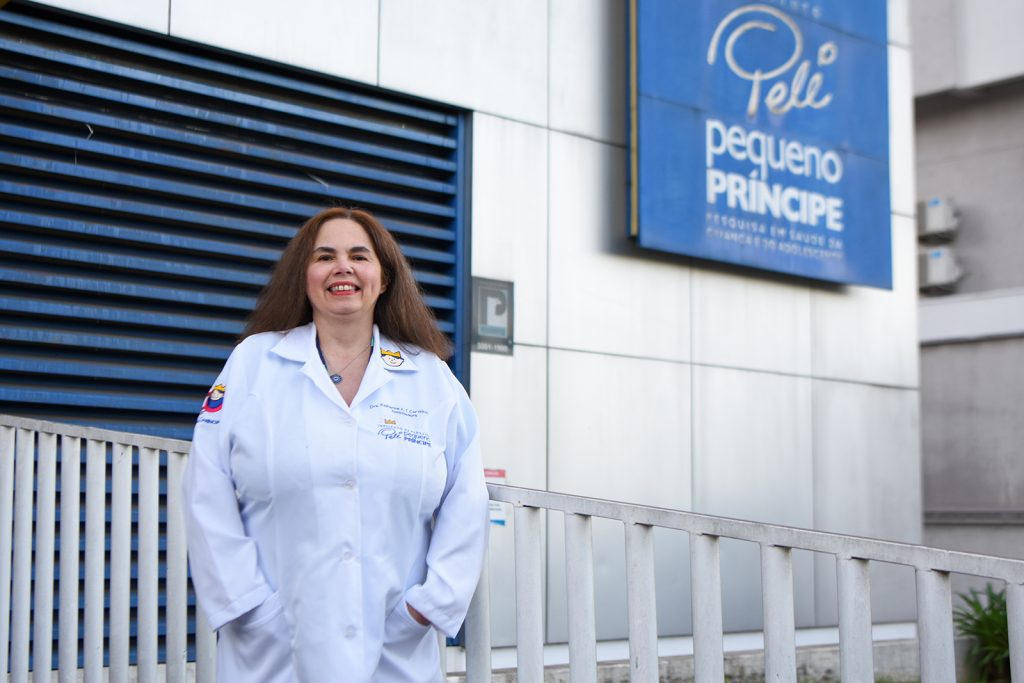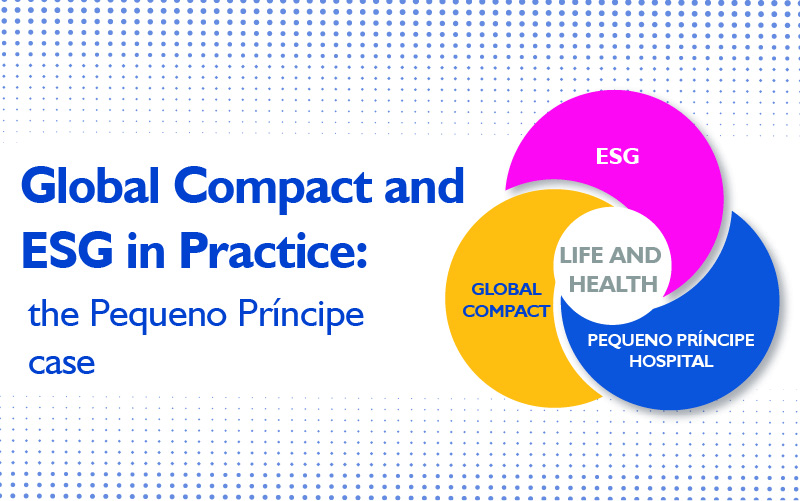Research seeks to develop a new treatment for Parkinson’s disease
The project proposes the development of a nanomedication that prevents the advance of the illness, improving the quality of life of patients

Parkinson’s disease is a progressive and degenerative neurological movement disorder that affects thousands of people around the world. As it progresses, the disease becomes increasingly disabling, making it difficult or impossible to perform simple daily activities, such as bathing or dressing. Many of the symptoms of Parkinson’s disease involve motor control, the ability to control your muscles and movements. These changes are mainly because of the death of dopaminergic neurons.
The worldwide cost of drugs for this disease is estimated to be around US$ 11 billion, with treatment being about three to four times more expensive for patients in advanced stages of the disease. Existing treatments are symptomatic, that is, they partially replace the missing dopamine, but do not prevent the disease from progressing. The research project led by scientist and neurologist Katherine Athayde Teixeira de Carvalho and her team, from the Pelé Pequeno Príncipe Research Institute, seeks the development of a new treatment, capable of preventing the death of neurons, thus preserving the quality of life of sufferers and reducing treatment costs.
“Stem cells have regenerative capacity and differentiation potential. Evidence suggests that the therapeutic effect of these cells comes from extracellular products, such as microRNAs. In light of this, our study proposes a therapy based on microRNAs. The microRNAs that do not exhibit toxic effects are incorporated into nanoemulsions and used in preclinical testing. Parkinson’s disease is induced in mice, and the animals are treated for four to eight weeks with the nanomedication. Thus, the development of a safe nanomedication is expected for a future clinical trial proposition,” explains the researcher. The new therapy will be tested via nasal and intravenous routes.

“We will have three years to develop the project, at the end of which we hope to contribute to the offer of a more resolutive, more economical treatment with results in more quality of life for patients with Parkinson’s disease served by the Public Health System (SUS),” emphasizes the scientist.
Funding
The research was approved in the National Program of Genomics and Precision Health, launched by the federal government in 2020 to encourage scientific and technological development in the areas of genomics and precision health within the SUS, besides boosting the growth of the national genomics industry. For its development, it received an investment of more than US$ 566,000.
Cellular Processing Center
The research group led by Dr. Katherine is also working on a new project, which intends to implement a Cellular Processing Center at the Research Institute for the supply of stem cells and their derivatives in the scope of innovative cell therapy throughout the country.
“This is a dream we have, but it will depend on a lot of support from society for implementation, because of its high costs,” highlights the Institute’s director-general, Ety Cristina Forte Carneiro.
With the implantation of the Cellular Processing Center it will be possible to isolate and cultivate stem cells from various tissues, such as adipose and hematopoietic; supply stem cells for allogeneic and autologous therapies for the standard and already established treatment for some diseases; develop investigative therapies for untreated diseases, also called orphan diseases; and generate revenues that maintain the Center itself, besides contributing to the economic sustainability of the Pequeno Príncipe Complex.
More
Institution promotes event about Sustainable Development Goals, Global Compact and ESG
Meeting shared concepts and practical examples of the application of agendas that converge towards sustainability
The Pequeno Príncipe Gala celebrates ten years of social mobilization
Throughout one decade, the event has already raised more than US$ 4.4 million for the assistance and research activities of the institution








